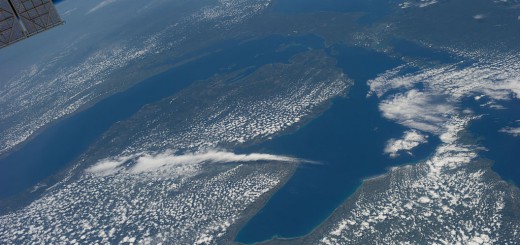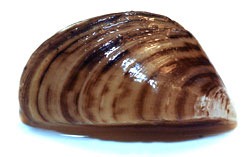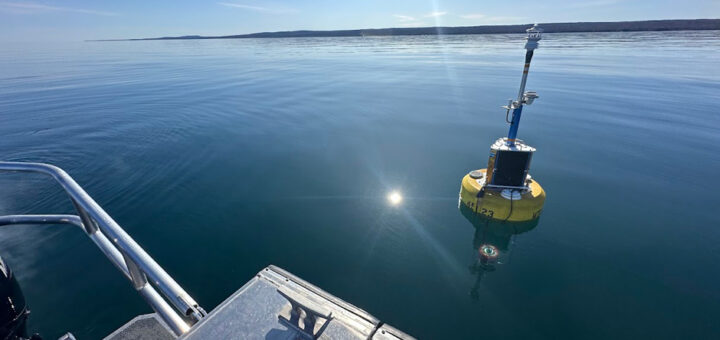Lake Superior’s Legacy Mercury
0Experts at the National Atmospheric Deposition Program keep an eye on the levels of airborne mercury that affect Lake Superior in the present day. And their data show that the amounts are pretty low across much of the upper Midwest.
But what about mercury that was deposited decades ago? What effects does it have on Lake Superior’s health today?
To get at the answer to that question, researchers at Michigan Technological University have led an investigation into legacy mercury deposits existing around the lake. The hope is that knowing how much mercury has been deposited in the past will make knowledge of its impacts nowadays more clear.
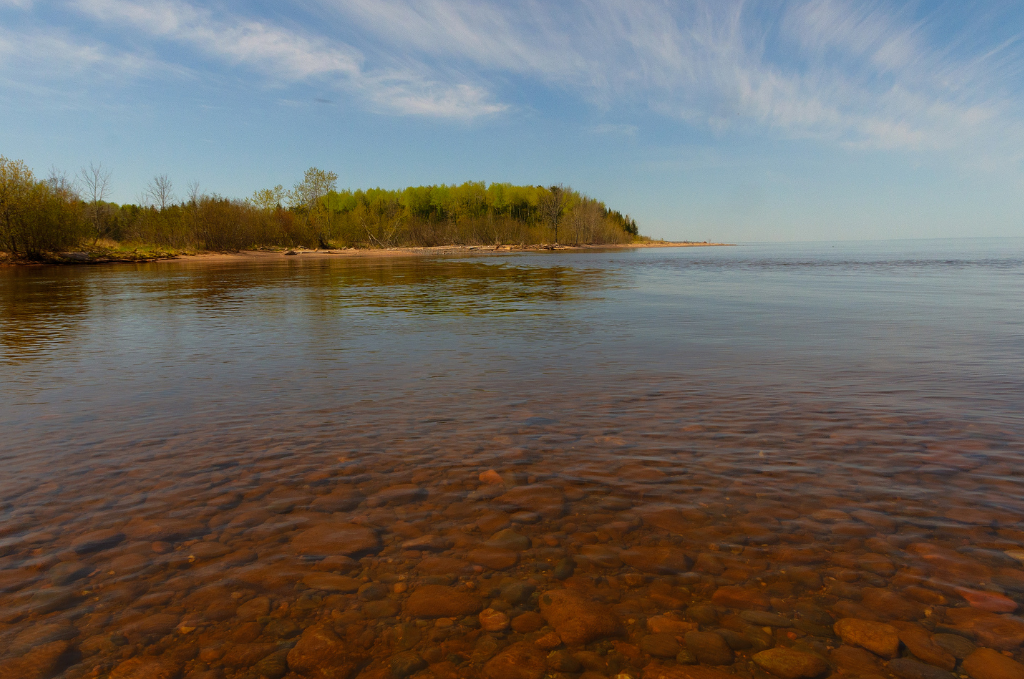
Outlet to Lake Superior. (Credit: Flickr User Joshua Mayer via Creative Commons 2.0)
The scientists began by taking sediment cores in old mine tailings buried at the bottom of the Keweenaw Waterway and Torch Lake, both of which are near to the university’s campus. The dozens of cores they collected were each 5 centimeters in diameter, and analyzed back in the lab to assess mercury left in the cores over time.
Some key questions the researchers sought to answer included how much total inorganic mercury was there, and how long it took to be deposited. From there, they compared those data to information on methylmercury concentrations and found that methylation (process making inorganic mercury organic and toxic) took place 20 to 40 years after the mining operations had ceased.
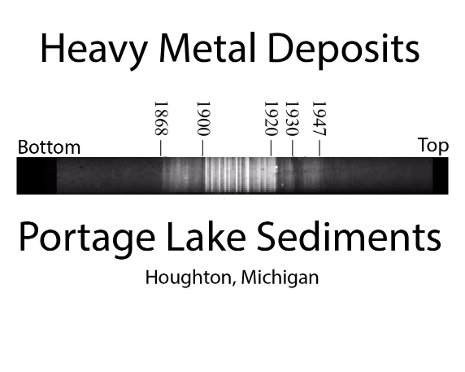
(Credit: Michigan Technological University)
As to why there is such a lag between the deposition of the mercury and when it methylated, the scientists are not yet sure. To pinpoint the most likely cause, researchers plan to scale up their efforts to include other sites around Torch Lake.
But they do have a few guesses so far. It takes time to move mercury from the surrounding watershed back into surface waters, which may have been impacted by clear-cutting and other landscape-scale changes in the past. Microbes that typically aid methylation may also have needed some time to recover from copper toxicity caused by mining.
Full results of the investigation are published in the Journal of Great Lakes Research.
Why do you think there could be a lag between the period mercury was deposited and its methylation? Are there other factors at play in the region that should be considered? Please consider leaving a comment to share your thoughts!




